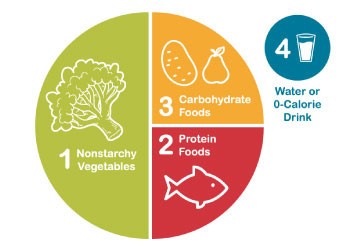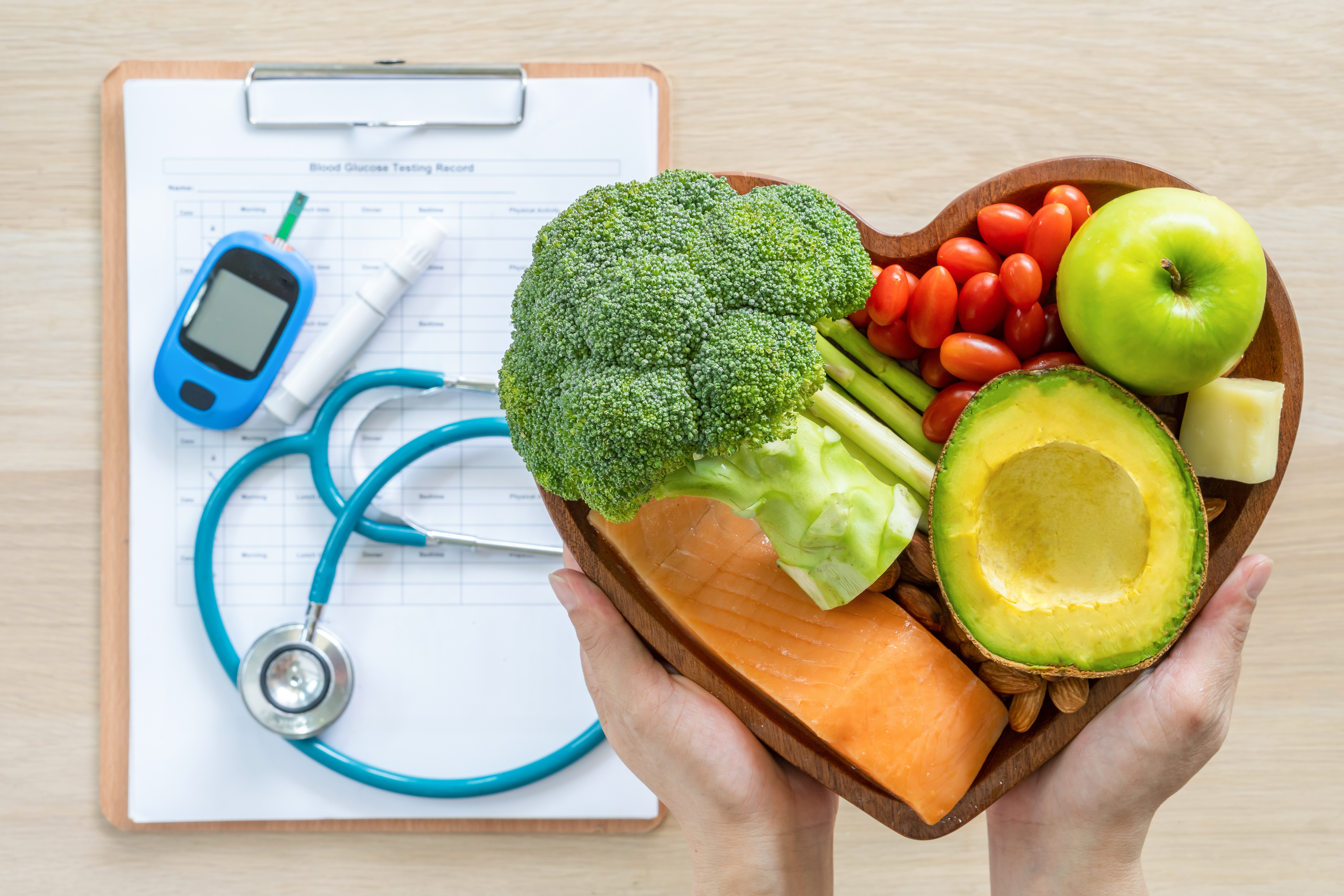Have you been diagnosed with pre-diabetes or diabetes? Does diabetes run in your family? Have you been told by a medical professional that you are at high risk of getting diabetes?
If you answered “yes” to any of the above questions or you’re looking for a healthy lifestyle change, we have information for you. Let’s talk about key component to your health that you have control over: your nutrition.
Eating healthy is important, but it can be hard to know what and how much to eat — especially when you’re at risk for diabetes or managing it. However, what you put into your body can have a direct impact on your symptoms and sugar levels. Before anything else, it is important to talk to a medical professional about your diet to make sure your diabetes is under control.
Having diabetes does not mean that you have to stop eating your favorite tasty foods. It just means you have the opportunity to be creative with how you eat things. The American Diabetes Association has tons of helpful information and resources on their website, including articles, grocery list examples, healthy recipes and an explanation of the Diabetes Plate Method.
 Here are a few of American Diabetes Association tips to help you on your healthy eating journey:
Here are a few of American Diabetes Association tips to help you on your healthy eating journey:
- When creating healthy, diabetic-friendly meals, it is important to include non-starchy vegetables like asparagus, broccoli, cucumbers, mushrooms, tomatoes and more. These vegetables can be fresh, frozen or canned, but make sure there are no added sugars or sodium. Aim to fill half of your plate with these vegetables.
- Fill one quarter of your plate with lean protein foods. When choosing your protein source, try to choose on the leaner side. For example, choose chicken, turkey, egg, fish, lean pork, lean beef and lean deli meats for a good protein balance.
- Limit your carbohydrates to one quarter of your plate. Limiting your daily intake can help keep blood sugar from rising too high after meals. Brown rice, oats and pasta are great whole grain choices. Other carbohydrate sources include beans, fruits and starchy vegetables.
- Choose water or zero-calorie drinks over soda, sweetened juices and sweetened teas. Water is the best choice because it contains no calories or carbohydrates and has no effect on blood sugar.
- Consume foods that have little to no added sugars. When looking for these, don’t just look at the food label. Make sure to read the ingredients list and avoid foods containing sugar names like sucrose, glucose, dextrose, fructose, corn syrup, agave and lactose in the first five ingredients.
- Consume more whole foods rather than processed ones. The foods you are consuming should have a short list of ingredients, and the ingredients should be as natural as possible, with little to no added sugar or flavoring.
Regardless of your relation to diabetes, take time this month to reflect on your current nutrition. Enhance your healthy lifestyle by increasing your fruit and vegetable intake, eating lean protein, rethinking your drink, limiting added sugars and making sure to eat whole foods.
by Alexandra Hoppman

